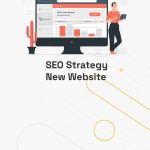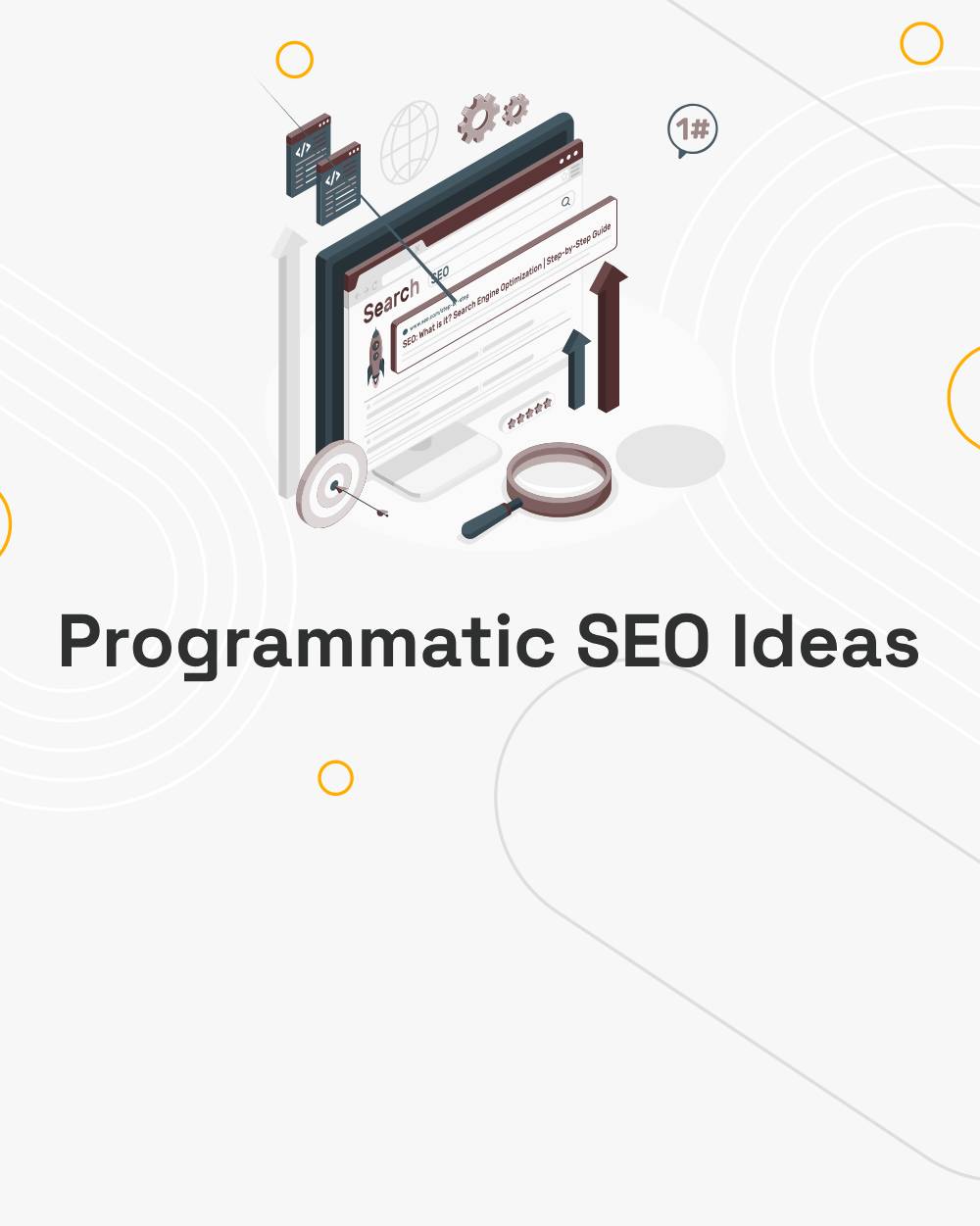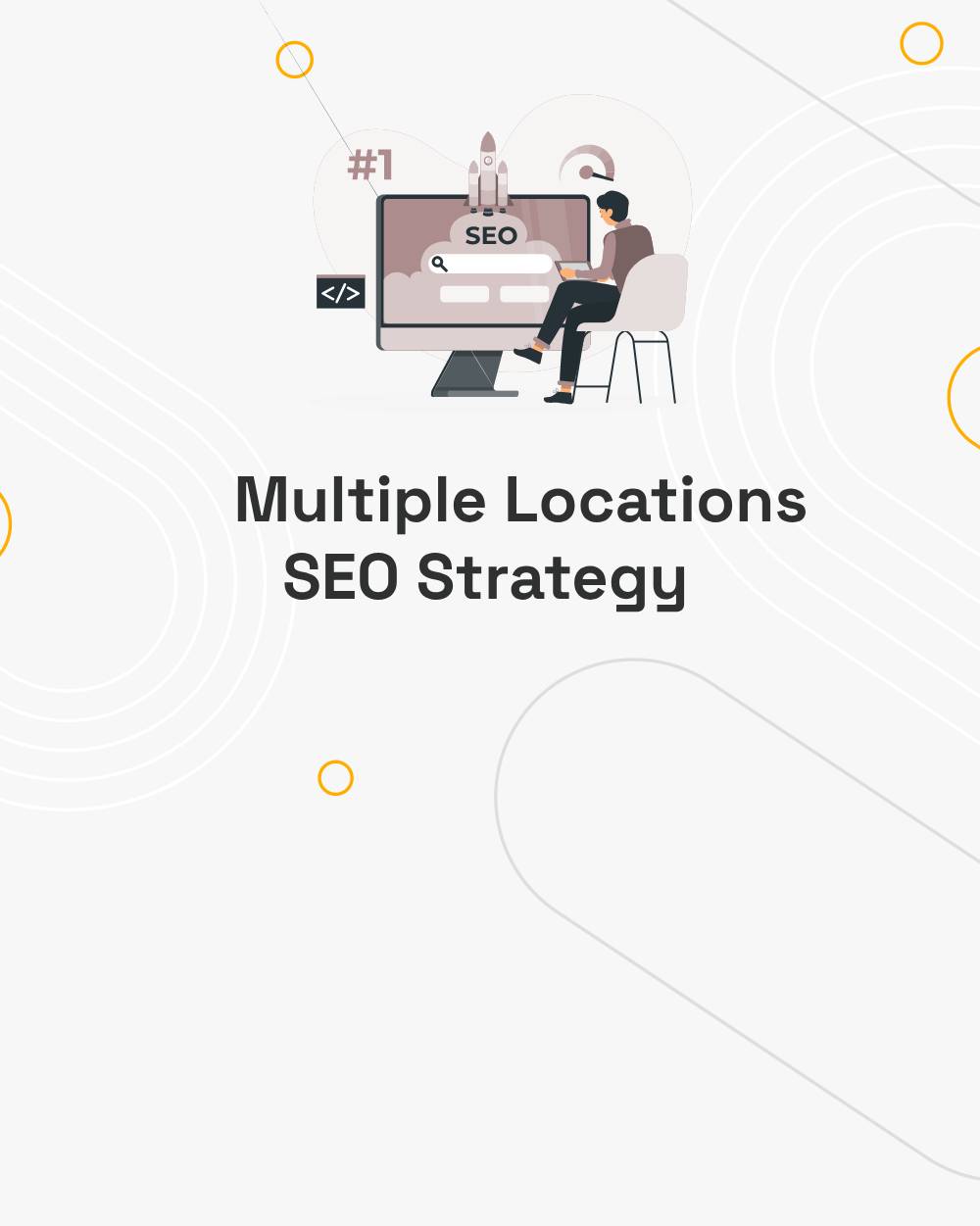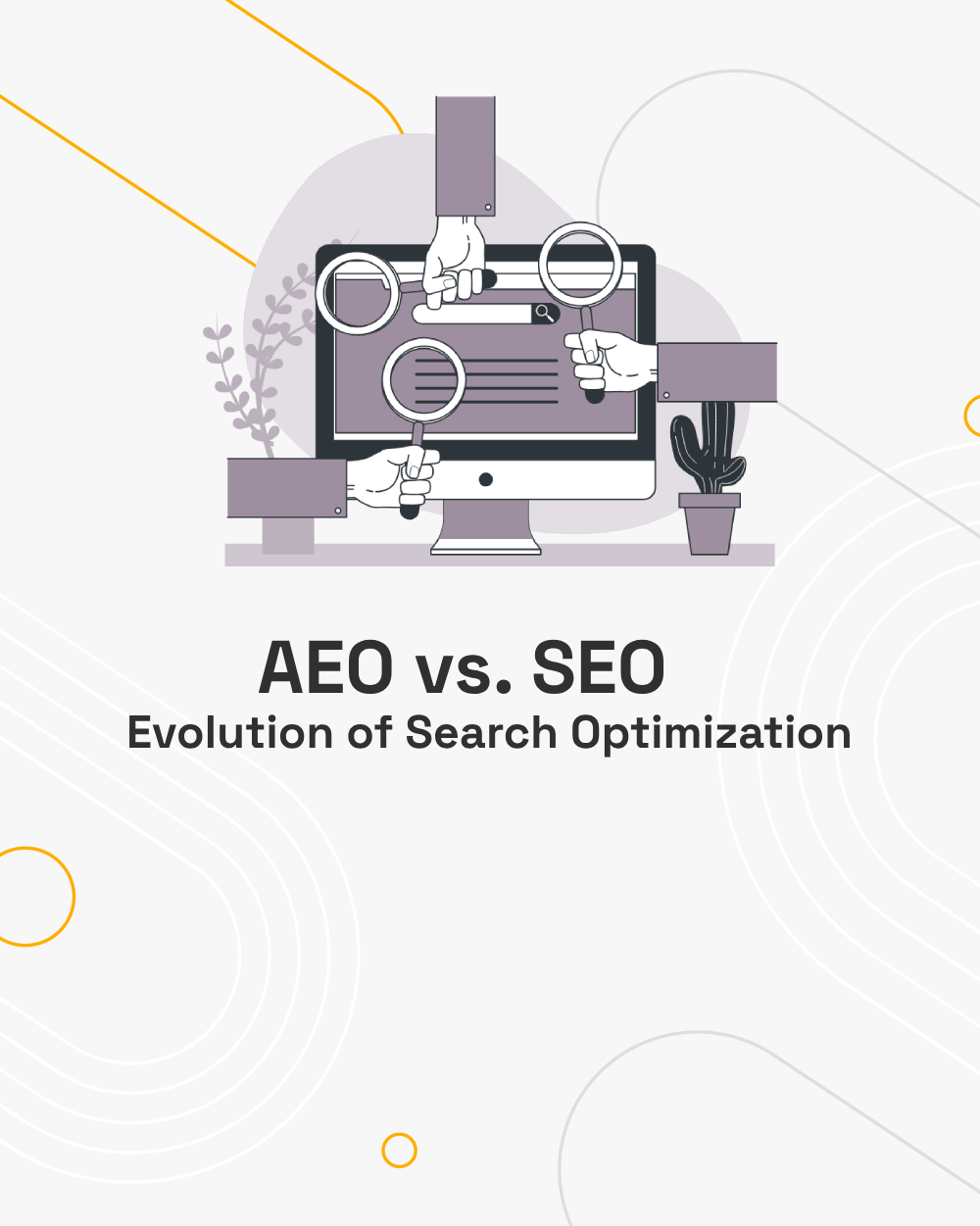A Comprehensive SEO Strategy for B2B Business
- Kaisar Hamid
- 0 Comments
In today’s digital-first world, Search Engine Optimization (SEO) has become a cornerstone for B2B growth, driving traffic, generating leads, and building authority. Unlike B2C SEO, which often targets high-traffic, consumer-friendly keywords, B2B SEO focuses on reaching decision-makers through niche, intent-driven search queries tailored to specific business needs.
SEO for B2B businesses involves a unique approach due to the extended sales cycles, smaller target audiences, and highly specialized content required to attract and engage potential clients. This comprehensive guide outlines a detailed and actionable approach to B2B SEO, designed to help businesses enhance their visibility, connect with their audience, and achieve measurable results in competitive markets.
Laying the Foundation: Understanding Your Audience
The Importance of Buyer Personas for B2B
A buyer persona is a semi-fictional representation of your ideal customer based on market research and real data. In the B2B space, buyer personas are crucial for aligning SEO strategies with the needs, challenges, and decision-making behaviors of stakeholders such as CEOs, procurement managers, and department heads.
- Why They’re Essential: Buyer personas provide a clear understanding of your audience’s goals, pain points, and search behaviors. This insight helps you craft targeted content that resonates with their specific needs and establishes trust in your brand.
- Steps to Create Buyer Personas:
- Conduct in-depth interviews with existing clients to understand their motivations and challenges.
- Leverage analytics tools to uncover demographic and behavioral patterns in your audience.
- Identify specific challenges your audience faces and how your solutions address them.
- Outline decision-making criteria, preferred content formats, and information sources.
Recommended Tools: Utilize HubSpot’s Make My Persona tool, Google Analytics’ Audience Reports, and social media insights to create detailed personas that guide your SEO efforts.
Keyword Research: Finding the Right Terms
The Need for Niche Keywords in B2B
B2B keywords are often characterized by lower search volumes compared to B2C keywords, but they carry significantly higher value due to their specificity and intent. Businesses searching for solutions typically use detailed, technical terms that reflect their needs. These niche keywords are instrumental in attracting qualified leads.
- Intent-Driven Keywords: These keywords signify the user’s stage in the buyer’s journey, whether they’re seeking information, comparing options, or ready to make a purchase decision.
How to Conduct Effective Keyword Research
- Using Seed Keywords: Begin with basic terms related to your industry, products, or services. Expand these into more specific phrases through brainstorming and keyword tools.
- Keyword Tools: Leverage tools like Ahrefs, Semrush, Google Keyword Planner, and Moz to gather data on search volume, competition, and keyword difficulty.
- Competitor Analysis: Examine competitor websites to identify keywords they rank for and uncover gaps in your own strategy.
- Long-Tail Keywords: Focus on long-tail phrases that may have lower competition but represent high purchasing intent.
- Mapping Keywords to the Funnel: Assign keywords to different stages of the sales funnel, ensuring your content targets users at every step, from awareness to decision-making.
Crafting a Content Strategy for the B2B Buyer Journey
Mapping Content to the Sales Funnel
An effective B2B content strategy aligns with the buyer’s journey, addressing their questions and concerns at each stage:
- Top-of-Funnel (Awareness): Create blog posts, infographics, and educational videos that highlight common industry challenges and introduce your brand as a knowledgeable resource.
- Middle-of-Funnel (Consideration): Develop white papers, case studies, and webinars that delve into specific solutions and showcase your expertise.
- Bottom-of-Funnel (Conversion): Focus on landing pages, product demos, and tailored email campaigns to convert prospects into customers.
Content Formats That Work for B2B
B2B audiences prefer in-depth, actionable content that provides value and supports their decision-making process. Effective formats include:
- Blog posts: Covering industry trends, how-to guides, and problem-solving insights.
- White papers and eBooks: Offering detailed research and comprehensive guides.
- Case studies: Demonstrating proven results and success stories.
- Webinars: Providing live or recorded educational sessions with Q&A.
- Videos: Simplifying complex concepts and showcasing products in action.
- Infographics: Delivering quick, digestible statistics and information.
- Landing pages: Focused on conversions with clear CTAs and concise messaging.
- Email newsletters: Keeping prospects engaged with regular updates and valuable content.
The Importance of Thought Leadership
Establishing thought leadership builds credibility and trust with potential clients. To position yourself as an expert:
- Publish unique research, industry insights, and actionable advice.
- Create diverse content formats that highlight your expertise.
- Collaborate with industry influencers to expand your reach and authority.
Optimizing Content for SEO
- Keyword Usage: Incorporate target keywords naturally in the title, headers, and body text.
- Title Tags and Meta Descriptions: Write compelling, keyword-rich summaries for search engines and users.
- Header Optimization: Use descriptive, keyword-focused headers to structure content.
- Internal Linking: Connect related pages to improve site navigation and distribute authority.
Technical SEO: Ensuring a Solid Foundation
Technical SEO ensures that your website is accessible, fast, and user-friendly, creating a strong foundation for your overall strategy. Search engines prioritize well-optimized websites, rewarding them with better rankings.
Key Technical Aspects
- Site Speed: Optimize images, reduce server response times, and use caching to enhance load times.
- Mobile Responsiveness: Ensure your site offers an excellent user experience on all devices.
- Broken Links: Regularly audit your site to identify and fix broken links that harm user experience and SEO.
- Sitemap Audits: Maintain updated XML sitemaps to ensure search engines index your pages correctly.
Off-Page SEO: Building Authority and Trust
Backlinks from reputable sources signal to search engines that your site is authoritative and trustworthy. For B2B, the quality of backlinks often outweighs quantity, as a single link from an industry-leading site can significantly boost credibility.
Specific B2B Link Building Strategies
- Guest Posting: Write in-depth articles for reputable industry blogs, linking back to your site.
- Resource Pages: Identify relevant directories and resource pages that could link to your content.
- Broken Link Building: Find broken links on related sites and suggest your content as a replacement.
- Partner Linking: Collaborate with business partners for mutually beneficial linking opportunities.
- Creating Helpful Tools: Develop free calculators, templates, or other tools that naturally attract backlinks.
Key Performance Indicators (KPIs) for B2B SEO
Key Performance Indicators (KPIs) for B2B SEO focus on measuring the effectiveness of strategies in driving traffic, improving rankings, generating leads, and achieving business goals. Here are some essential KPIs:
Organic Traffic
- Definition: The number of visitors coming to your website from search engines.
- Why It Matters: Indicates the visibility and effectiveness of your SEO efforts in attracting relevant traffic.
Keyword Rankings
- Definition: The position of targeted keywords in search engine results pages (SERPs).
- Why It Matters: Higher rankings for relevant keywords increase visibility and click-through rates.
Domain Authority (DA)
- Definition: A metric that predicts how likely a website is to rank on search engines.
- Why It Matters: A higher DA suggests stronger site credibility and SEO health.
Backlink Profile
- Definition: The quantity and quality of backlinks pointing to your website.
- Why It Matters: High-quality backlinks improve domain authority and search rankings.
Click-Through Rate (CTR)
- Definition: The percentage of users who click on your website link in SERPs.
- Why It Matters: A higher CTR indicates that your meta titles and descriptions are compelling.
Conversion Rate from Organic Traffic
- Definition: The percentage of visitors from organic search who take a desired action (e.g., filling out a form, downloading a resource, requesting a demo).
- Why It Matters: Shows how well your website attracts and converts qualified leads.
Time on Page and Bounce Rate
- Definition:
- Time on Page: The average duration visitors spend on a page.
- Bounce Rate: The percentage of visitors who leave without interacting further.
- Why It Matters: Indicates the relevance and engagement level of your content.
Cost Per Lead (CPL) from Organic Traffic
- Definition: The cost associated with acquiring a lead through organic search.
- Why It Matters: Helps evaluate the ROI of your SEO efforts.
Indexed Pages
- Definition: The number of pages indexed by search engines.
- Why It Matters: Ensures search engines can crawl and rank your content.
SERP Features Visibility
- Definition: The presence of your website in SERP features like featured snippets, People Also Ask, or knowledge panels.
- Why It Matters: Enhances visibility and drives additional traffic.
Lead Quality
- Definition: The relevance and readiness of leads generated from organic search.
- Why It Matters: Higher lead quality directly impacts sales and revenue.
Return on Investment (ROI)
- Definition: The overall revenue or value generated compared to the cost of SEO efforts.
- Why It Matters: Confirms the long-term profitability of your SEO strategy.
Local SEO Metrics (if applicable)
- Metrics: Local pack rankings, Google Business Profile views, and calls/visits from local search.
- Why It Matters: Helps capture location-specific opportunities.
Technical SEO Metrics
- Metrics: Site speed, crawl errors, mobile usability, and Core Web Vitals.
- Why It Matters: Ensures a strong foundation for SEO performance.
Tracking these KPIs provides actionable insights, enabling you to refine strategies and align SEO efforts with broader business objectives.
Emerging Trends in B2B SEO in 2025
The Impact of AI on Search and SEO Strategies
AI-Driven SEO Strategies
- Artificial intelligence continues to dominate the SEO landscape. Tools like ChatGPT, Bard, and others are increasingly used for content optimization, keyword research, and competitor analysis. B2B marketers are leveraging AI for predictive analytics, enabling more accurate forecasting of content performance and ROI.
- Takeaway: Adopt AI-driven tools to optimize and personalize B2B content for higher engagement.
Voice Search Optimization
- The rise of voice assistants in professional environments has made voice search optimization a priority. Queries are becoming more conversational, pushing B2B marketers to adapt their strategies to include natural language and question-based content.
- Takeaway: Incorporate long-tail keywords and focus on creating FAQ-style content to capture voice search traffic.
E-E-A-T (Experience, Expertise, Authority, and Trustworthiness)
- The addition of “Experience” to Google’s E-A-T guidelines emphasizes first-hand knowledge and insights. B2B companies need to showcase their subject matter expertise through thought leadership articles, case studies, and authentic content.
- Takeaway: Highlight personal and brand experience with relevant, credible, and actionable content.
Content Hubs and Topic Clusters
- B2B buyers conduct in-depth research before making purchasing decisions. Topic clusters and content hubs enable marketers to cover a subject comprehensively while improving site architecture and user experience.
- Takeaway: Organize content into clusters around core topics to improve search rankings and keep users engaged.
Interactive and Visual Content
- B2B audiences increasingly prefer interactive and visual content, such as infographics, webinars, and 3D product demos. This type of content not only captures attention but also boosts dwell time, signaling value to search engines.
- Takeaway: Invest in creating visually appealing, interactive content to enhance user engagement and SEO performance.
B2B Intent Data Integration
- Search intent remains a vital part of SEO, but integrating intent data from CRM and marketing platforms allows for even more refined targeting. Predictive search intent helps marketers address buyers’ needs at every stage of the sales funnel.
- Takeaway: Use tools like HubSpot or Demandbase to align intent data with SEO strategies.
Mobile-First for Professional Users
- While B2B traditionally focused on desktop users, mobile-first indexing has made it essential to optimize for smartphones and tablets. Professionals are increasingly researching and making decisions on mobile devices.
- Takeaway: Ensure your website is mobile-friendly and provides a seamless experience across devices.
Hyper-Localized B2B SEO
- Localization is not just for B2C; it’s becoming critical for B2B businesses targeting specific regions or industries. Location-specific content and Google Business Profile optimization are crucial.
- Takeaway: Optimize content for regional nuances and include local keywords where applicable.
Sustainability and Ethical Practices as Ranking Factors
- As businesses prioritize sustainability, search engines are beginning to reward companies that highlight their ethical and environmentally friendly practices.
- Takeaway: Showcase your company’s commitment to sustainability and corporate social responsibility through content and website updates.
Zero-Click Search Strategy
- Featured snippets, knowledge panels, and People Also Ask sections dominate search results, reducing the need for users to click through. B2B brands must optimize for zero-click searches by providing concise, high-value answers directly in search results.
- Takeaway: Create content that answers questions succinctly and aims for featured snippet placement.
Conclusion
B2B SEO is a strategic, long-term investment that drives meaningful results by connecting businesses with their target audiences. By understanding your audience, targeting the right keywords, crafting purposeful content, and staying ahead of emerging trends, your business can achieve sustainable growth and establish itself as an authority in its industry.




